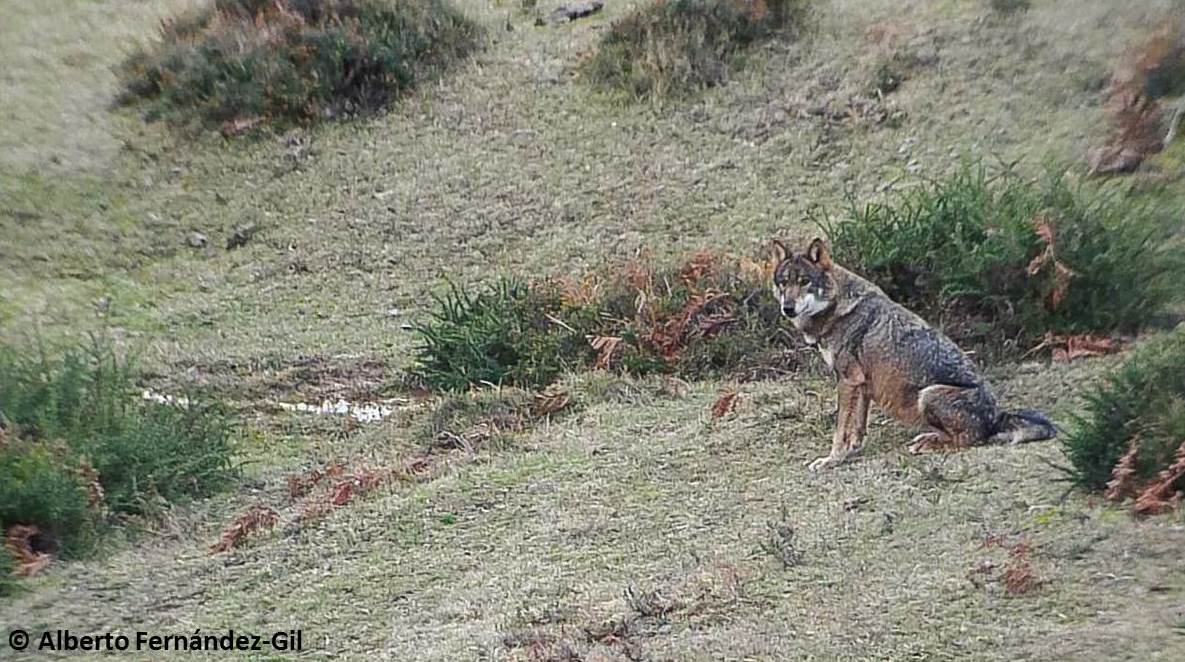High-throughput sequencing offers new possibilities in molecular ecology and conservation studies. However, its potential has not yet become fully exploited for noninvasive studies of free–ranging animals, such as those based on feces. High–throughput sequencing allows sequencing of short DNA fragments and could allow simultaneous genotyping of a very large number of samples and markers at a low cost. The application of high throughput genotyping to fecal samples from wildlife has been hindered by several labor intensive steps. Alternative protocols which could allow higher throughput were evaluated for two of these steps: sample collection and DNA extraction. Two different field sampling and seven different DNA extraction methods were tested on grey wolf (Canis lupus) feces. There was high variation in genotyping success rates. The field sampling method based on surface swabbing performed much worse than the extraction from a fecal fragment. In addition, there is a lot of room for improvement in the DNA extraction step. Optimization of protocols can lead to very much more efficient, cheaper and higher throughput noninvasive monitoring. Selection of appropriate markers is still of paramount importance to increase genotyping success. informacion[at]ebd.csic.es: Sarabia et al (2020) Towards high-throughput analyses of fecal samples from wildlife. Animal Biodiver Conserv 43.2: 271–283 Doi 10.32800/abc.2020.43.0271
http://abc.museucienciesjournals.cat/volum-43-2-2020/towards-high-throughput-analyses-of-fecal-samples-from-wildlife/?lang=en

 Las altas temperaturas están provocando que las lagunas y las marismas de Doñana pierdan agua rápidamente
Las altas temperaturas están provocando que las lagunas y las marismas de Doñana pierdan agua rápidamente




